Regardless of the country, a child’s first birthday is a special occasion. There are many ways to celebrate it.
Some decorate the room with many colorful balloons, and others let the baby eat a cake by hand, things like that.

These days, the way to celebrate the first birthday is changing to a more western way.
Today, I’d like to introduce a traditional way of celebrating the first birthday which has been continuing for ages in Japan.
The first birthday is called “Hatsutanjou 初誕生.” The custom of celebrating birthdays is a cultural tradition that came from the West. In fact, in Japan, there was originally no custom of celebrating birthdays every year. However, in the old days, many babies died soon after birth. It was a very special occasion for the babies to be able to turn one year old safely. Their parents and family were so happy for their kid to turn one year old, and they wished for them to grow up healthy and safe. So it was an important occasion to celebrate the child’s first birthday on a large scale.
How to celebrate
◎The Isshou-mochi Celebration
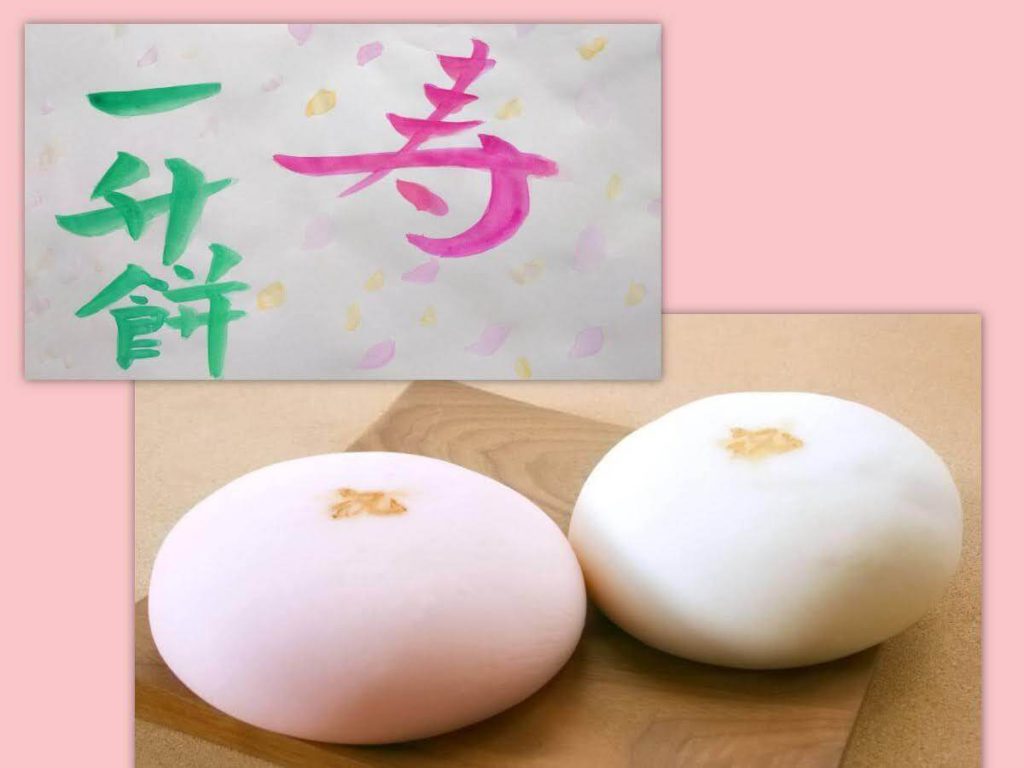
The isshou-mochi celebration is usually celebrated with a rice cake made from 4lb rice (about 1.8 kg) which will weigh about 4.4lb, 2kg, as a final result. The rice cake will be wrapped in a furoshiki cloth or be placed in a backpack for the child to carry it on their own back. Mochi has long been an important food to celebrate ”hare” (festive) occasions such as births, birthdays, festivals, and New Year’s Day. The word “isshou-mochi celebration” stems from a homophone, “isshou いっしょう” which means a child’s lifetime. Isshou also is equal to 2 kg in a unit of weighing rice cakes. It means “to never be short of food” and “to continue to grow up healthy,” as well as the wish that the child will “lead a well-rounded life” like the round rice cake.
It is very difficult for a one-year-old child to carry a 2 kg rice cake on his or her back. Some children can stand up, others fall down, and still others sit down. The family celebrates seeing all cases as good omen.
- If they can stand up, they can make a career for themselves.
- If they sit down, they can stay at home and take over the house.
- If they fall down, they are said to have gotten rid of bad luck.
In some places, people step on the rice cake instead of carrying it, which is called stepping on it. This is a way of celebrating with the hope that they stand grounded for life with both feet.
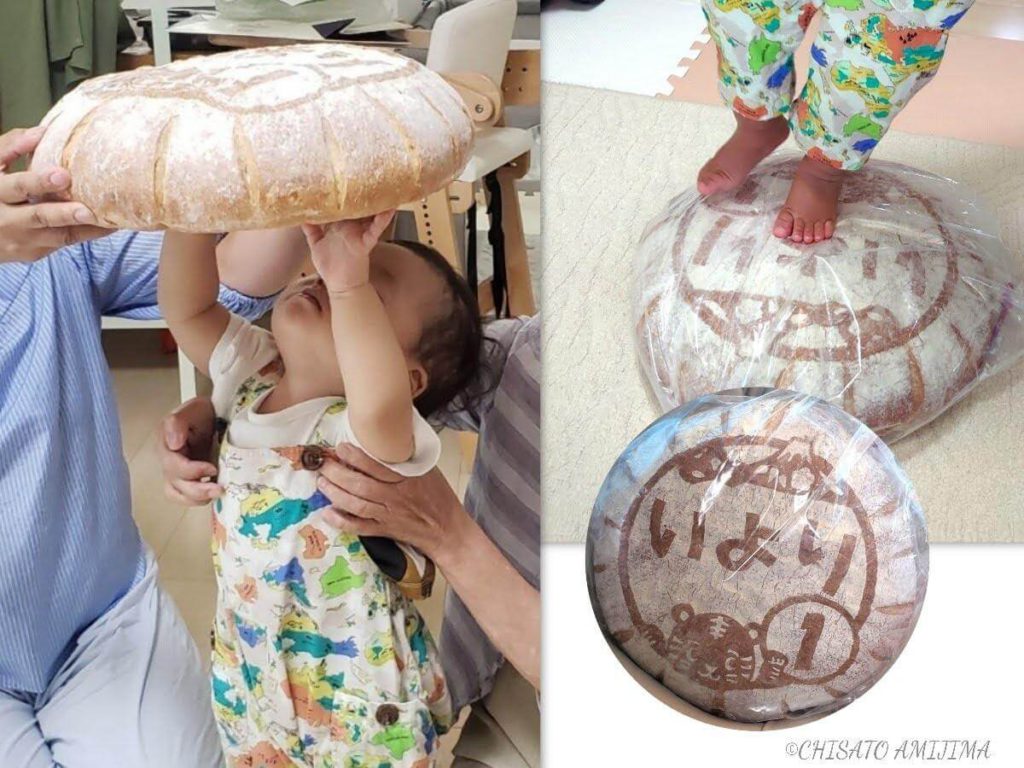
Recently, however, it has been declining the custom of eating rice cakes in our daily life, so 2kg rice cakes are too much to finish nowadays before they go bad. Therefore, 2kg vacuum-packed small rice cakes that are preservable or even 2kg of bread are becoming popular to replace isshou-mochi.
◎Erabitori: The Grab celebration
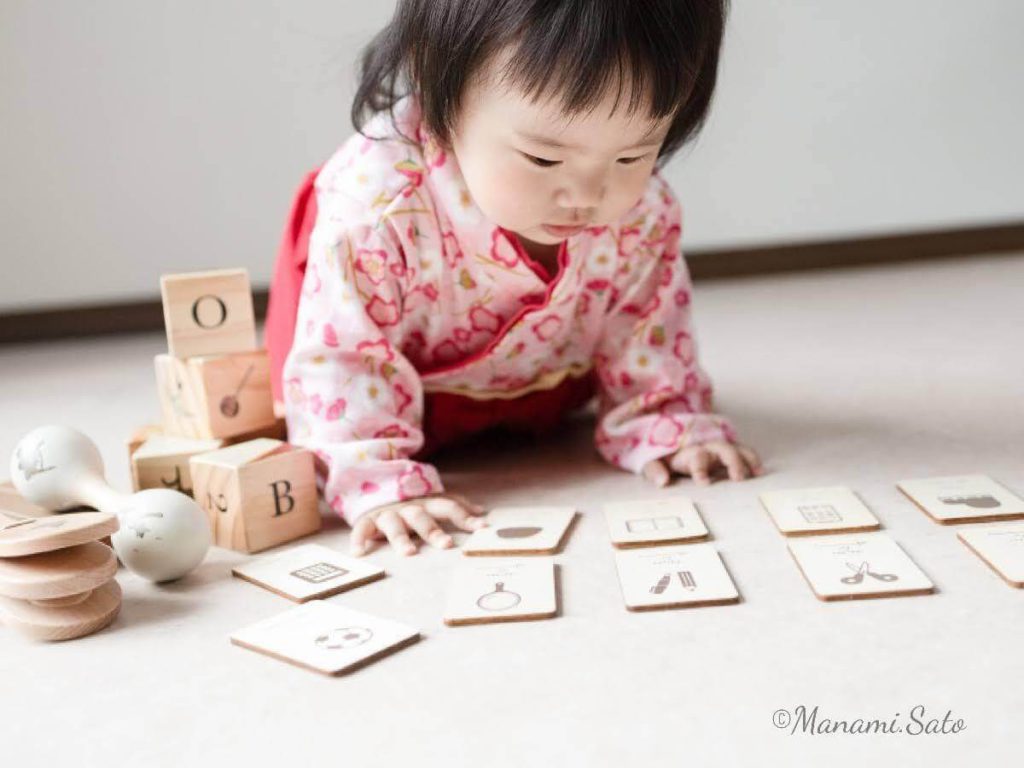
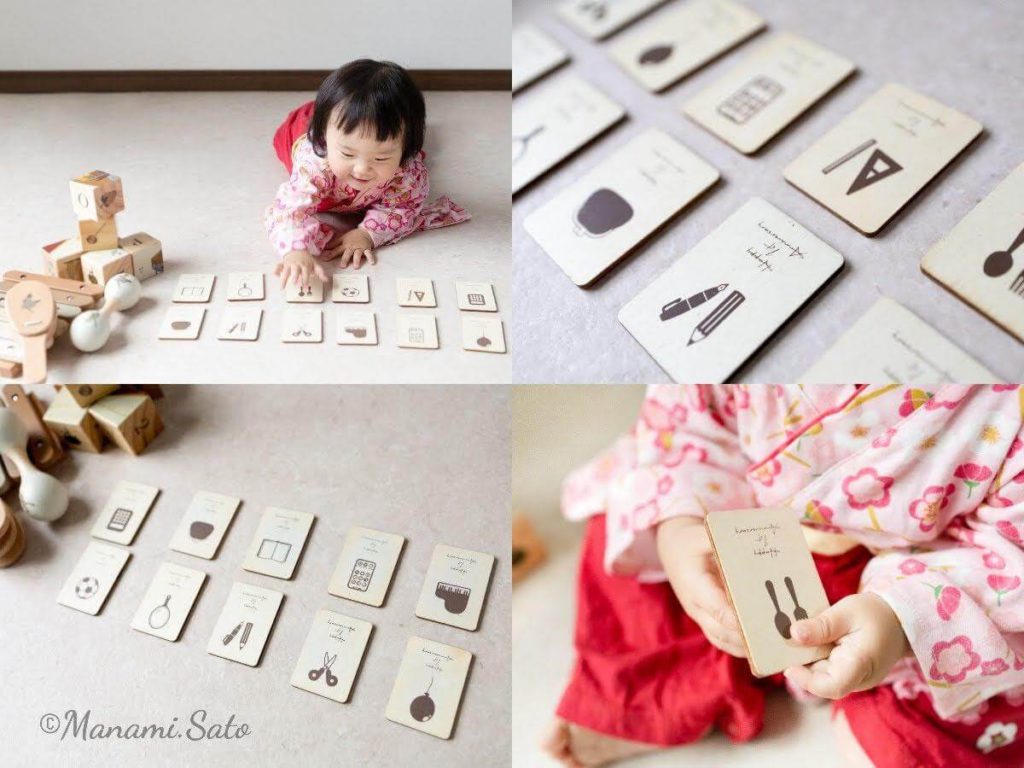
The Grab celebration is a ceremony of placing meaningful items in front of a child and predicting the child’s future; depending on which one the baby picks up, his or her future work and talents are divined. The traditional items used in this ceremony are an abacus, money, and a brush, but each region and each family prepares different items for the ceremony.
- If your child gets an abacus, he or she will be good for a business and good at calculation.
- If your child gets money, it means that he/she will be wealthy and have a good life in the future.
- If your child gets a brush, it means the child will be active in literature and the arts.
Recently, many modern arrangements have been made, and there are many variations, such as chopsticks (“no need to worry about food, become a chef”) musical instruments (“become a musician”) sports equipment such as a ball (“become an athlete or pro athlete”), etc.
There are also cards on the market that make it easier without having to prepare the actual items. Whatever the baby chooses, all are just to celebrate happiness and be happy for the baby’s growth.
Other activities include taking a picture to memorialize the first year, drawing a portrait of the baby, and so on. There are many other ways to celebrate the first year’s birthday in Japan.

In my family, a grandson recently celebrated his first birthday. My daughter held his birthday party. He stood on 2kg of bread. His growth and his smile, even his crying, made us very happy. The first birthday celebration is very special for everyone. How is the first birthday celebration in your country?
I hope all babies grow well and safe.
And I will end with a prayer that this world will be a place where all people can live in peace.
Thank you for reading to the end. See you next time.
I’m a clay artist, and a master of Japanese calligraphy “Onore-sho”. I have my own shop in Ikaruga town, Nara, which is near Horyuji temple: world heritage site. And I’m a volunteer English tour guide. I enjoy learning English everyday.

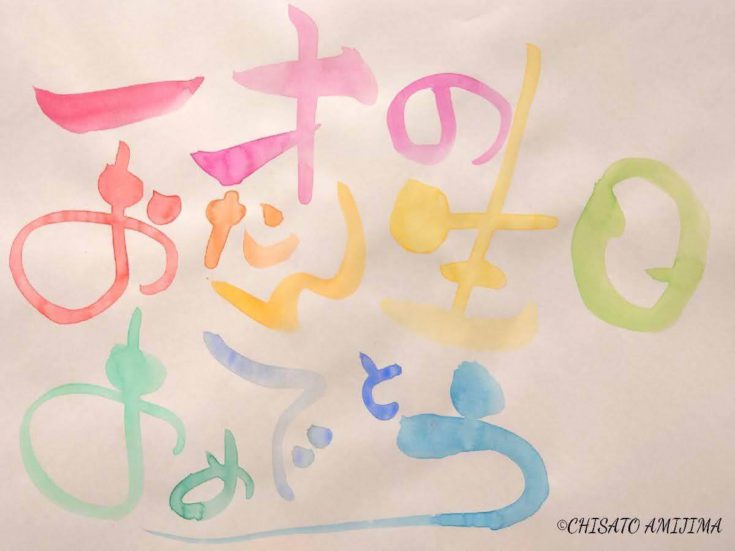



 HTJ has a YouTube page! Check it out
HTJ has a YouTube page! Check it out
I enjoyed this article including lovely photos, pictures and the audio file with cheerful melodies🤗My two children started preschool when they turned 8 months old. I have somehow managed to balance work and raising children, and I believe they have learned something from me like that. However, every time I read your articles or posts, it makes me wish that I can share about Japanese culture with my future grandchildren☺️
Hi Aki chan, thank you for reading my article and leaving warm comment. I really want to pass Japanese cultures to the next generations. It’s so beautiful and very important stonemiles for kids I think. We have a lot of things which we have to do, don’t we?